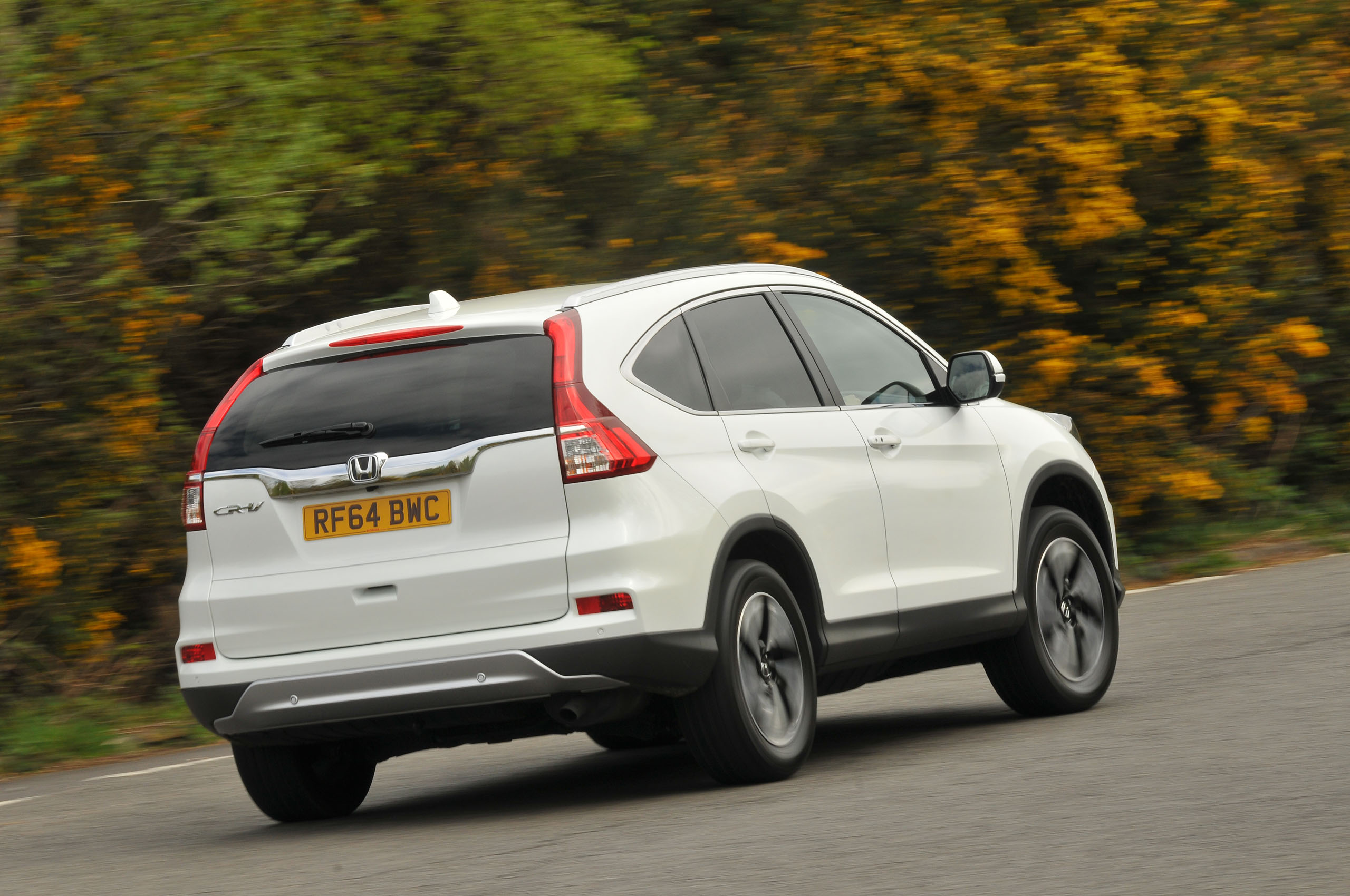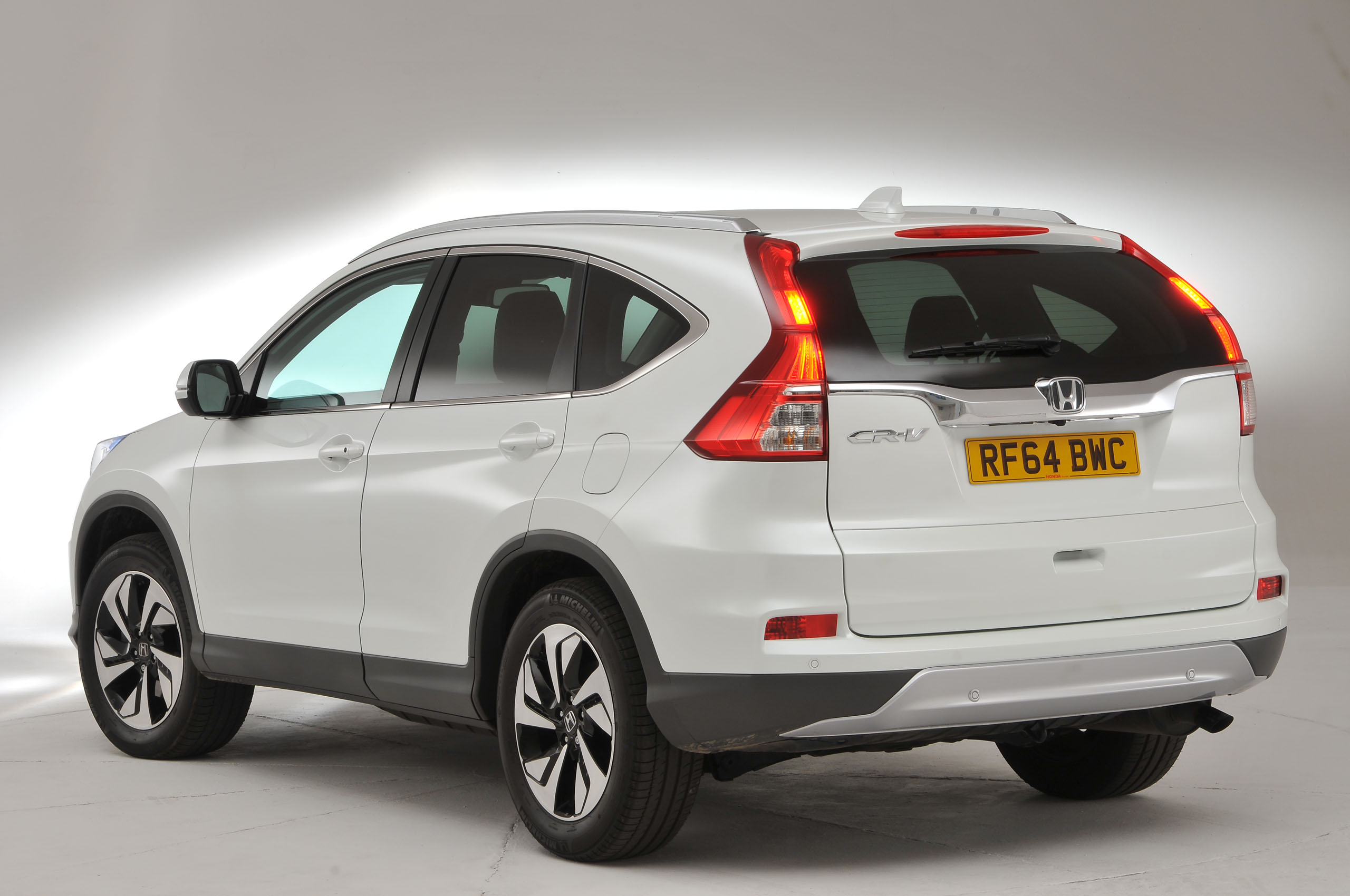"You were the future once," was a comment famously hurled at the once boyish but now grizzled Tony Blair by the fresh-faced young upstart called David Cameron – and he could just have easily been talking about the Honda CR-V.
The CR-V was no more the first ‘soft-road’ recreational 4x4 than was Blair the first Labour PM. But like Blair, it introduced a degree of apparent user-friendliness never seen before among its kin.
Perversely, and just like the man who kicked the Tories out of power, the appeal of the Honda stemmed from compromising the very things it was meant to do best.
The result was a more populist product, more than happy to alienate the traditional hardcore if it meant appealing more broadly to those of a more middle-of-the-road persuasion.
And it worked beautifully. So beautifully that three successive generations garnered five million sales between them, business a traditional off-roader could not possibly hope to have imagined. But such success rarely comes with no price attached. When the CR-V made its debut in 1995, its only serious and direct opposition was the Toyota RAV4.
But the rest of the world was hardly likely to sit back and let them clean up. Slow out of the blocks though some have been, now almost every self-respecting mainstream and even large-volume premium player is in the market. From Korea's Hyundai and Kia to Germany's Audi, Mercedes-Benz and BMW, the marketplace has never been more crowded.















































